
Culture
19:36, 05-Jun-2018
Keeping traditional Chinese painting and calligraphy alive
CGTN
03:26
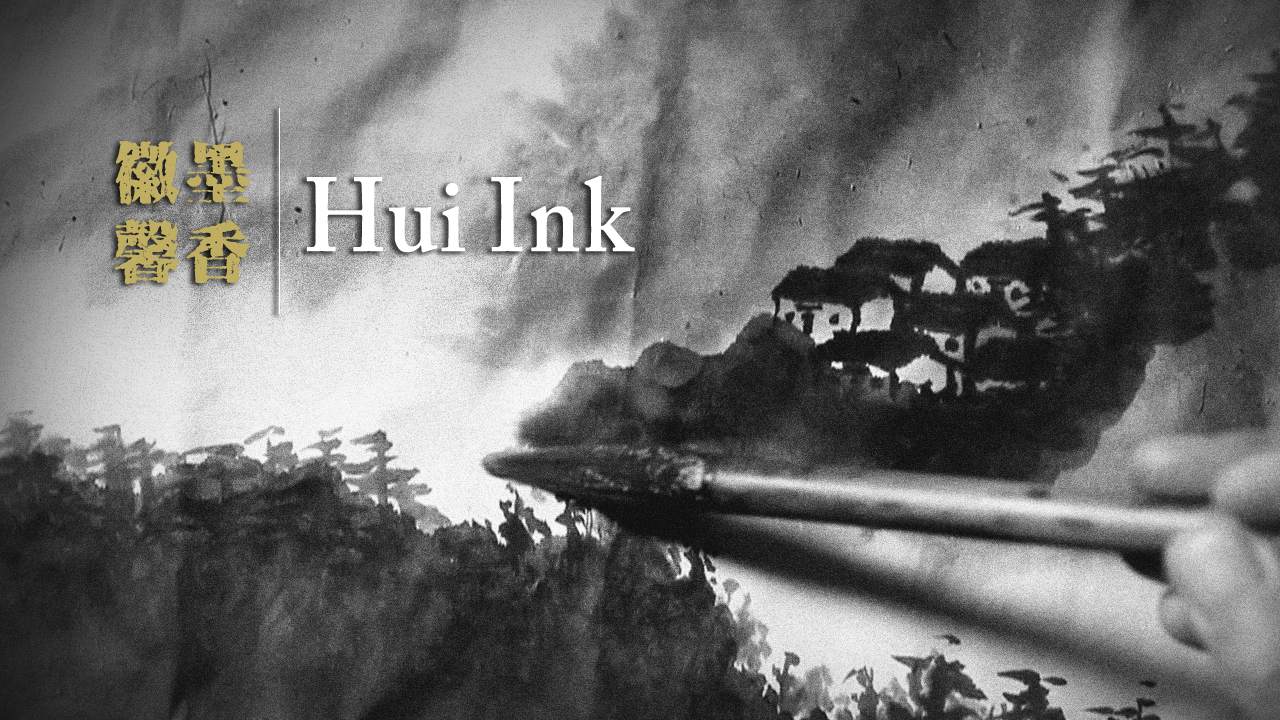
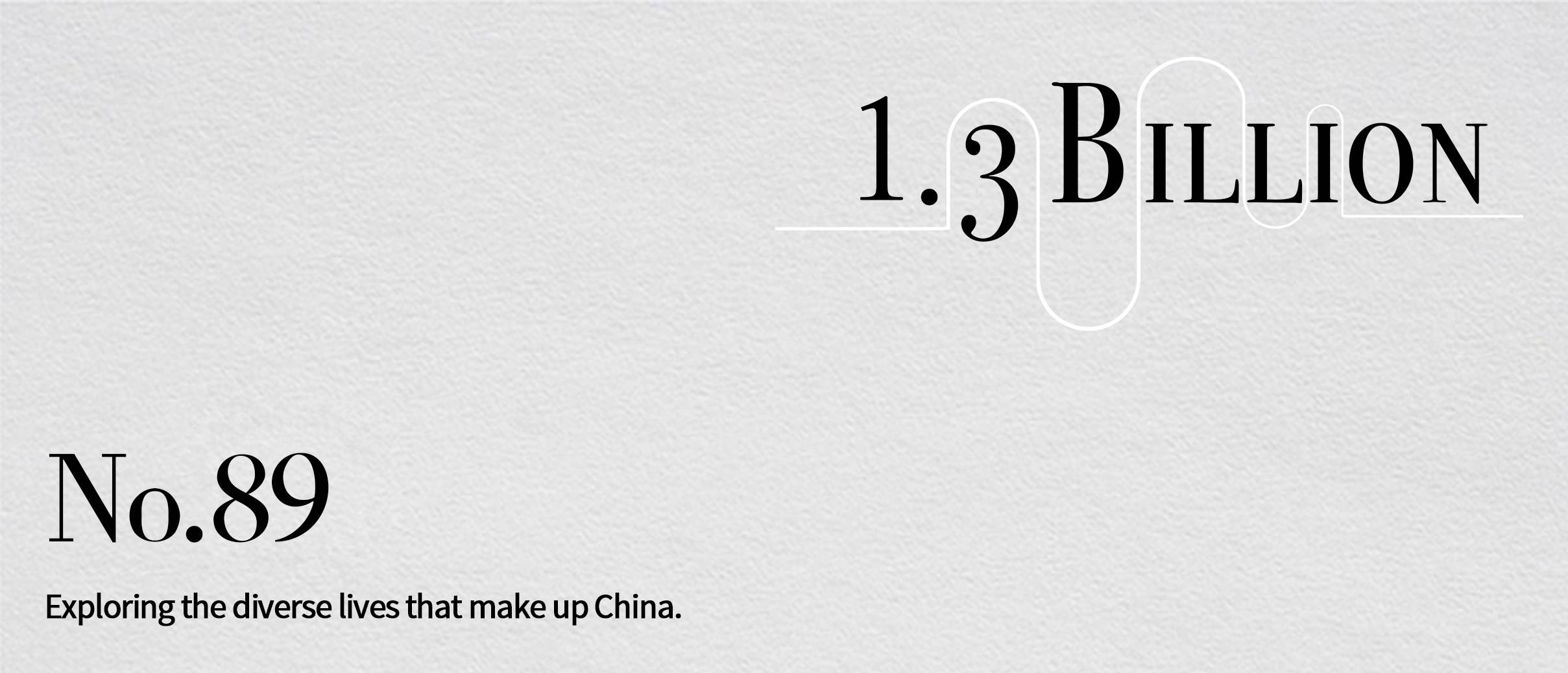
CGTN
CGTN
"My name is Xiang Desheng. I've been making Hui Ink for 38 years."
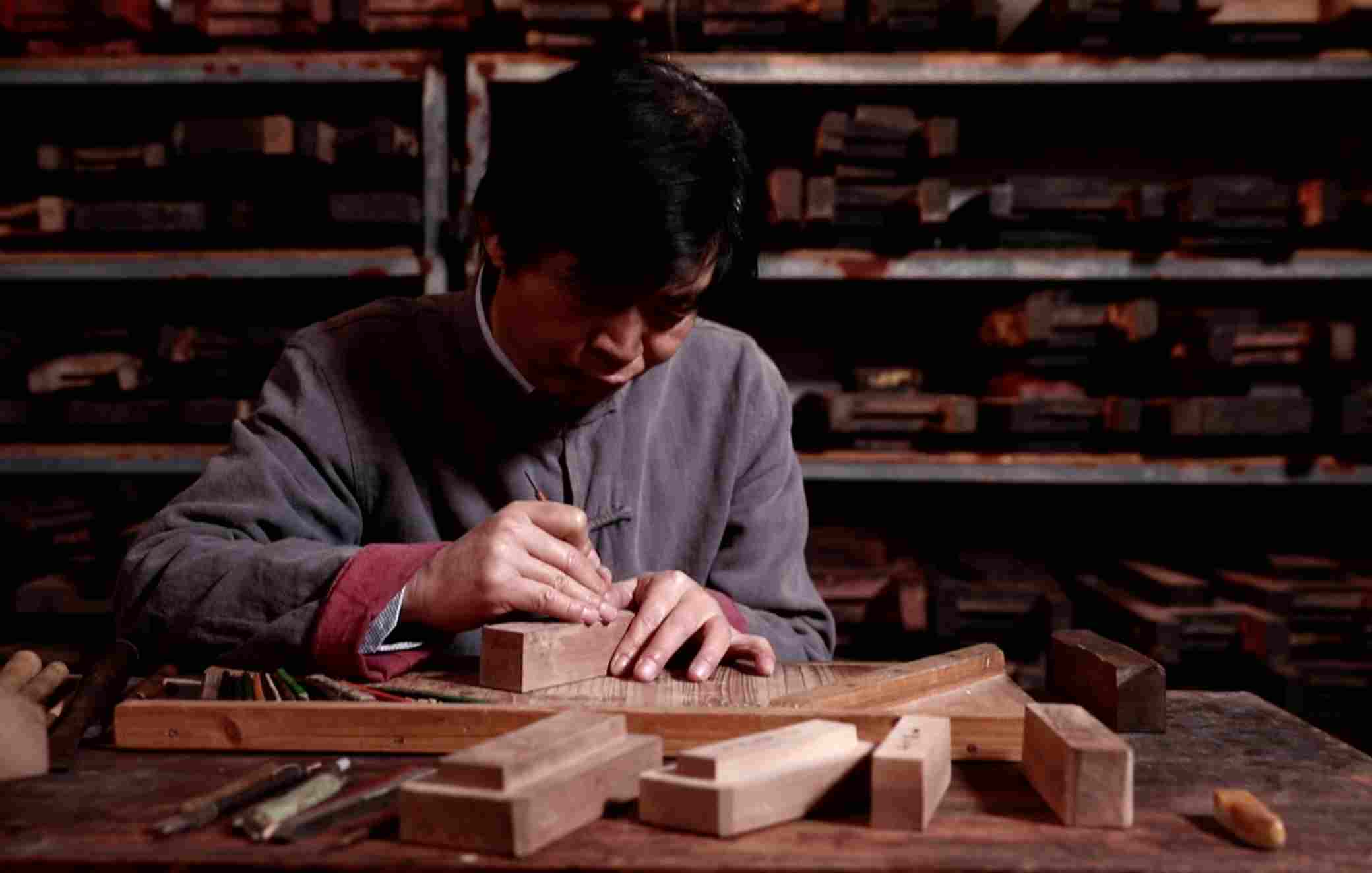
CGTN Photo
CGTN Photo
A local saying goes: "Atoning for your preexistence, your life in Huizhou is hard. Turning into a teenager, you're already like a discard." Generations of Huizhou people have been pursuing dreams away from their hometown at a very young age. The hero of this story, however, chose to stay home over just leaving as many others did. Resting on his laurels by no means, he inherited the Hui Ink making methods. For him, it is more meaningful than migrant working.
The town of Huizhou is painted with ink, illustrated by those Hui-style black and white horse-head walls. "A genuine Chinese ink wash painting is never done with any other colors, but only the natural shades of the ink," Xiang said. The simpler, the better.
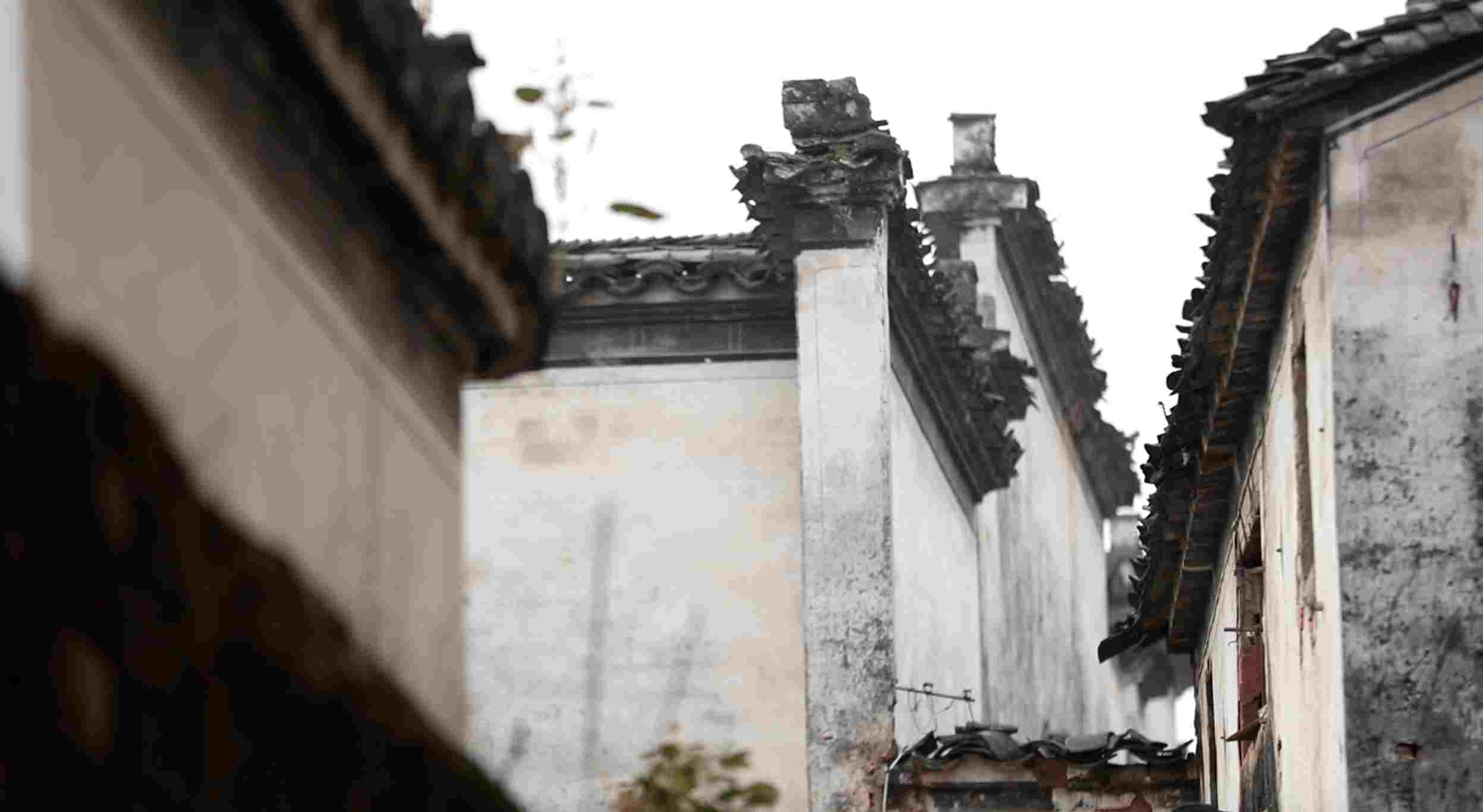
CGTN Photo
CGTN Photo
Under limited conditions in the cramped working room, Xiang has to conduct processes including soot refining and extracting, glue making, cooling, carving and decorating with gold, etc. Both his hands show indelible marks due to years of working. Hardly any people would now devote to this traditional craftsmanship. Nevertheless, he believes that Hui Ink making is not only an intangible cultural heritage but also a significant component of the Hui culture. Making it thrive has become his lifelong goal.
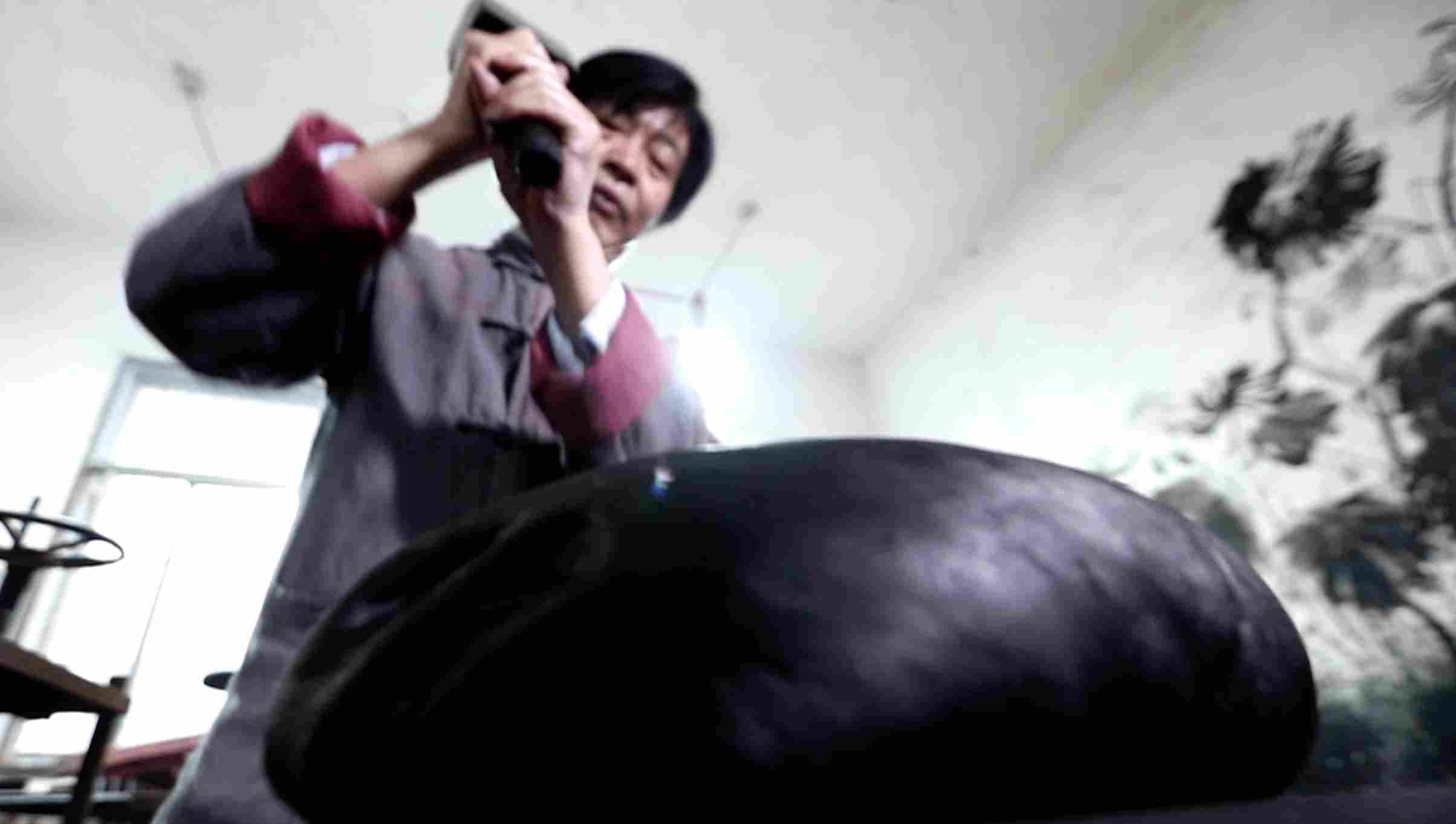
CGTN Photo
CGTN Photo
"I've always liked painting," Xiang said with a smile. "High-quality Hui Ink is essential for the preservation of Chinese painting and calligraphy. Eventually, I became passionate about Hui Ink because far more than a way to make a living, it gives me a sense of responsibility and mission."
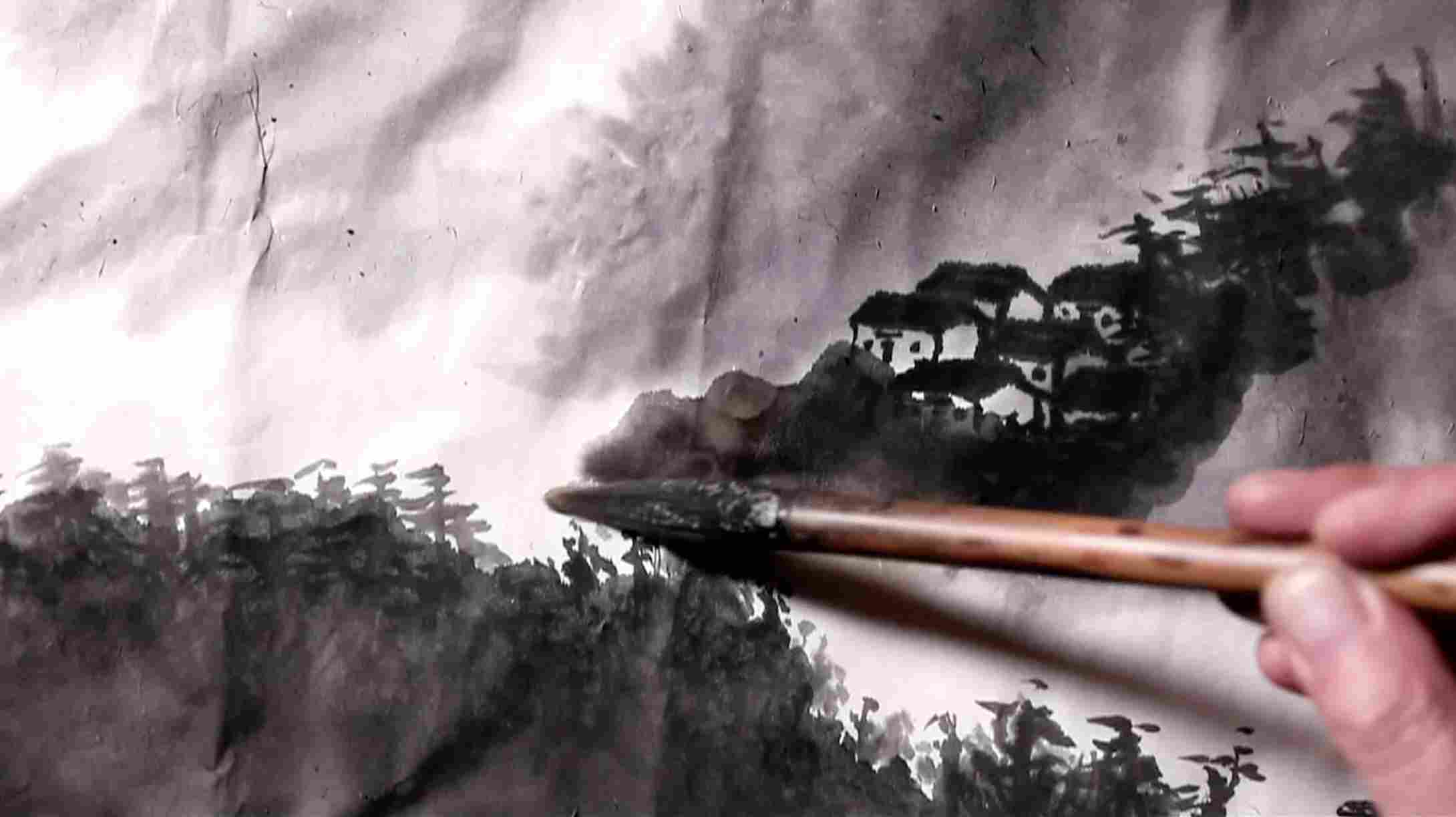
CGTN Photo
CGTN Photo
Thus, he keeps soot refining in its traditional process despite the low yield and the scarcity of raw materials. And yet, only with such techniques can the ink paintings be preserved from discoloration as long as possible.
"Fewer people know these things nowadays, so the paintings that have been done in recent years wouldn't last very long," Xiang said, with unconcealed worry on his face.
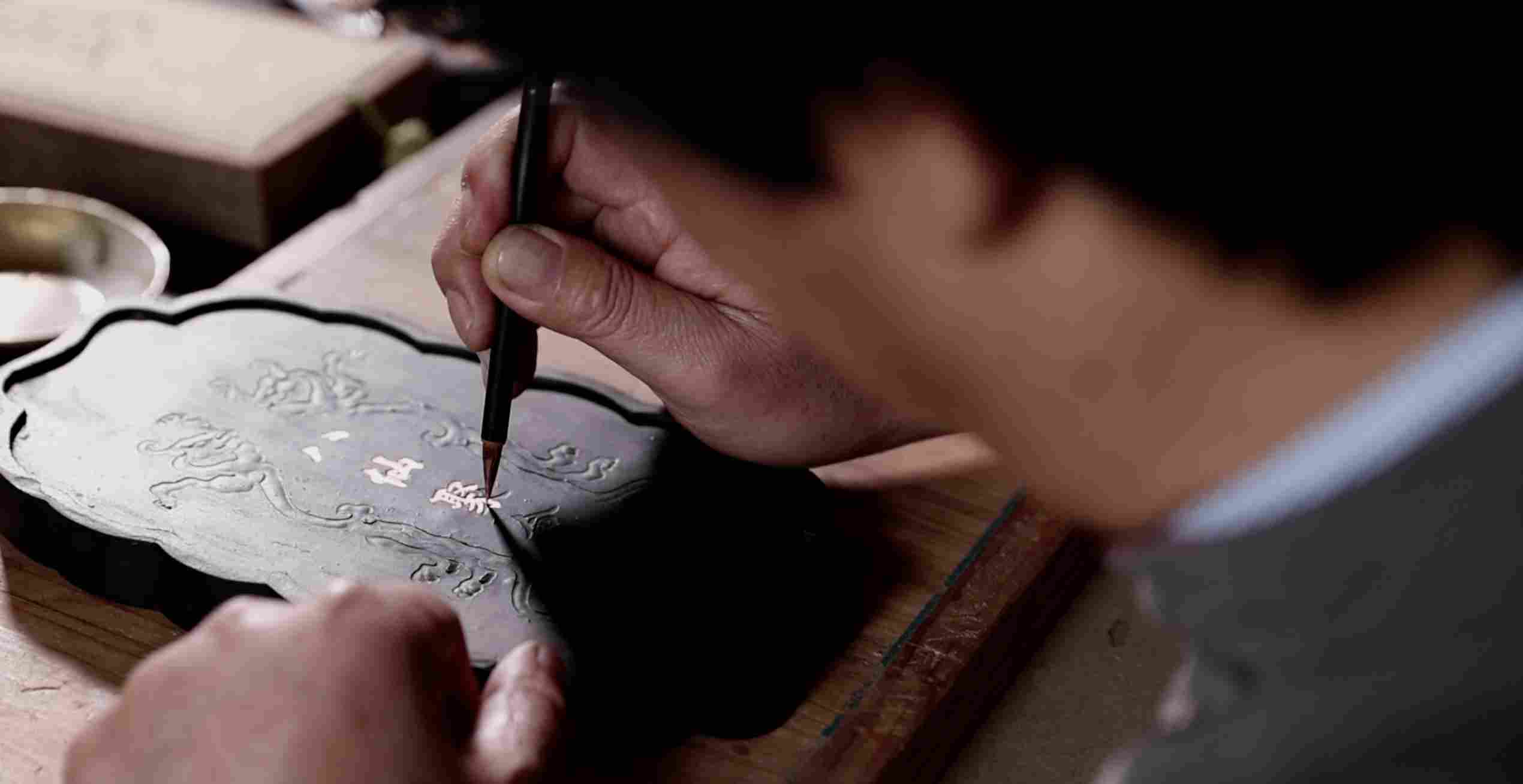
CGTN Photo
CGTN Photo
Only fine Hui Ink can dissolve into as many as five shades: dry, wet, thin, thick and black. For this reason, lampblack, pine soot, borneol and musk are some of the key ingredients. In addition to the traditional techniques, Xiang has made innovations in process design and mold carving, creating delicate products in various shapes.
"Now we go beyond the pragmatism for their collection values. We have to adapt to the new era and expand the market."
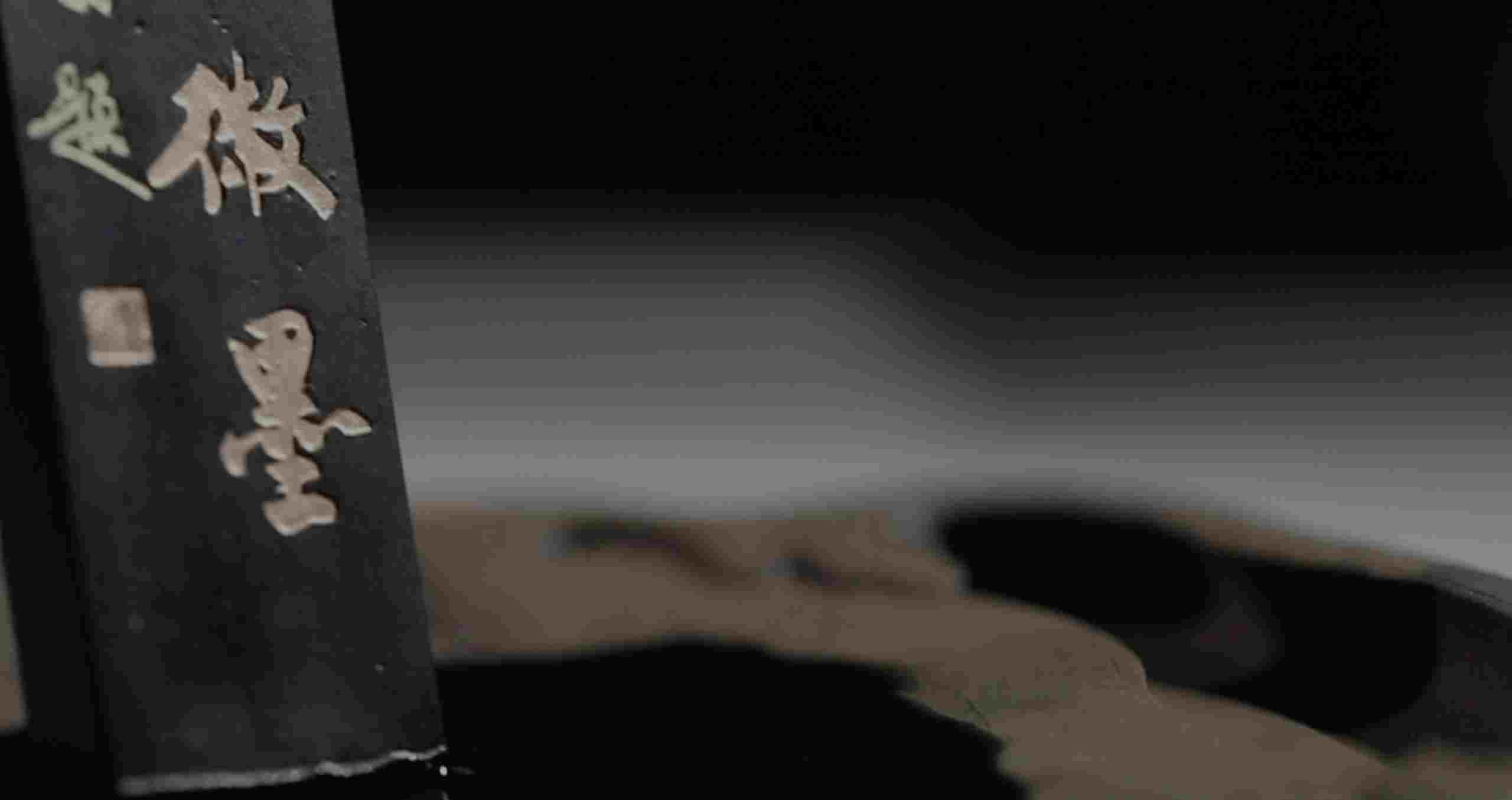
CGTN Photo
CGTN Photo
"After all, we call ourselves craftsmen. We shall keep on improving. There's no best, only better. To pass on the making methods for high-quality Hui Ink so that it can benefit more people, that's my dream."
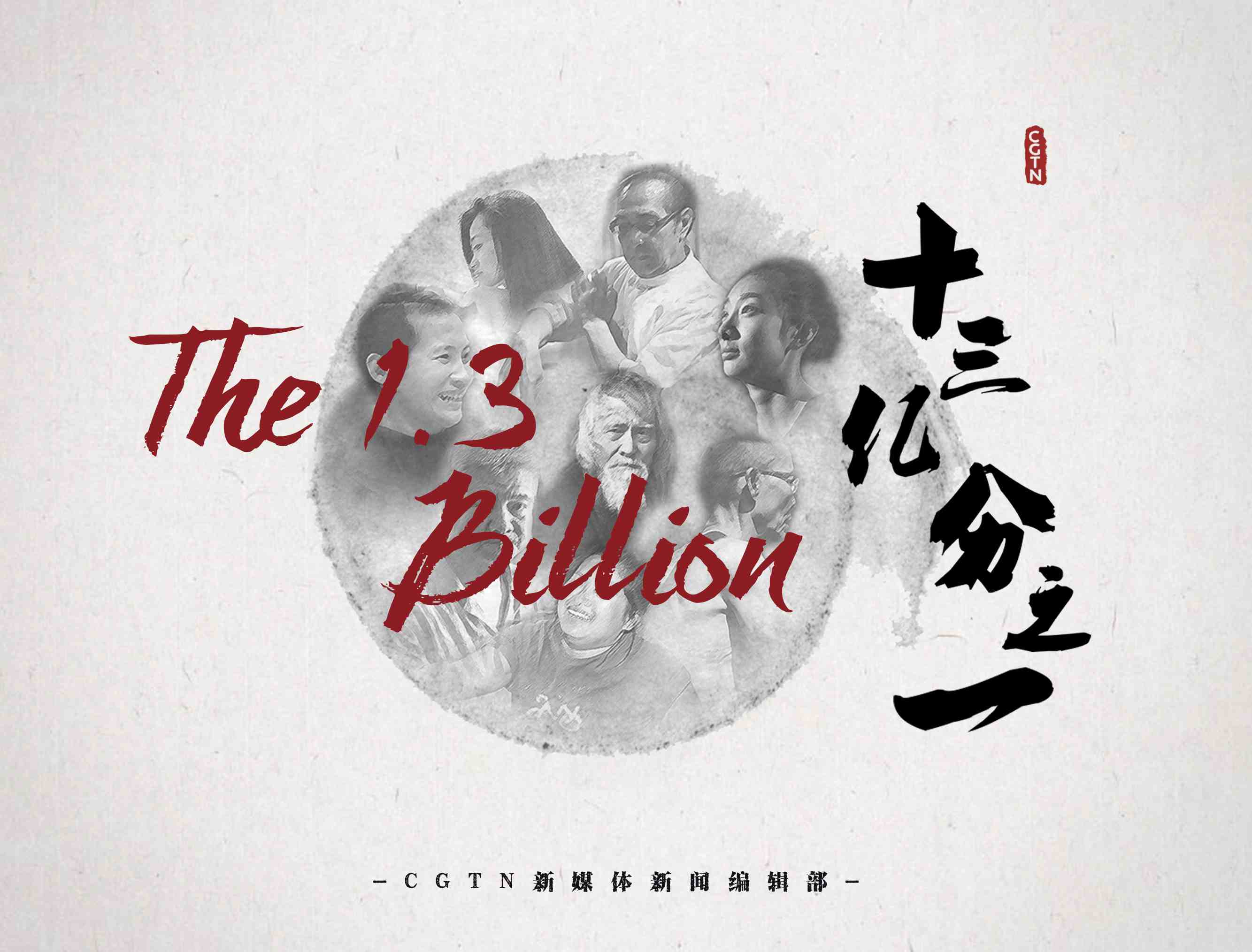
The story is one in The 1.3 Billion series exploring the diverse lives that make up China.
The story is one in The 1.3 Billion series exploring the diverse lives that make up China.

SITEMAP
Copyright © 2018 CGTN. Beijing ICP prepared NO.16065310-3
Copyright © 2018 CGTN. Beijing ICP prepared NO.16065310-3